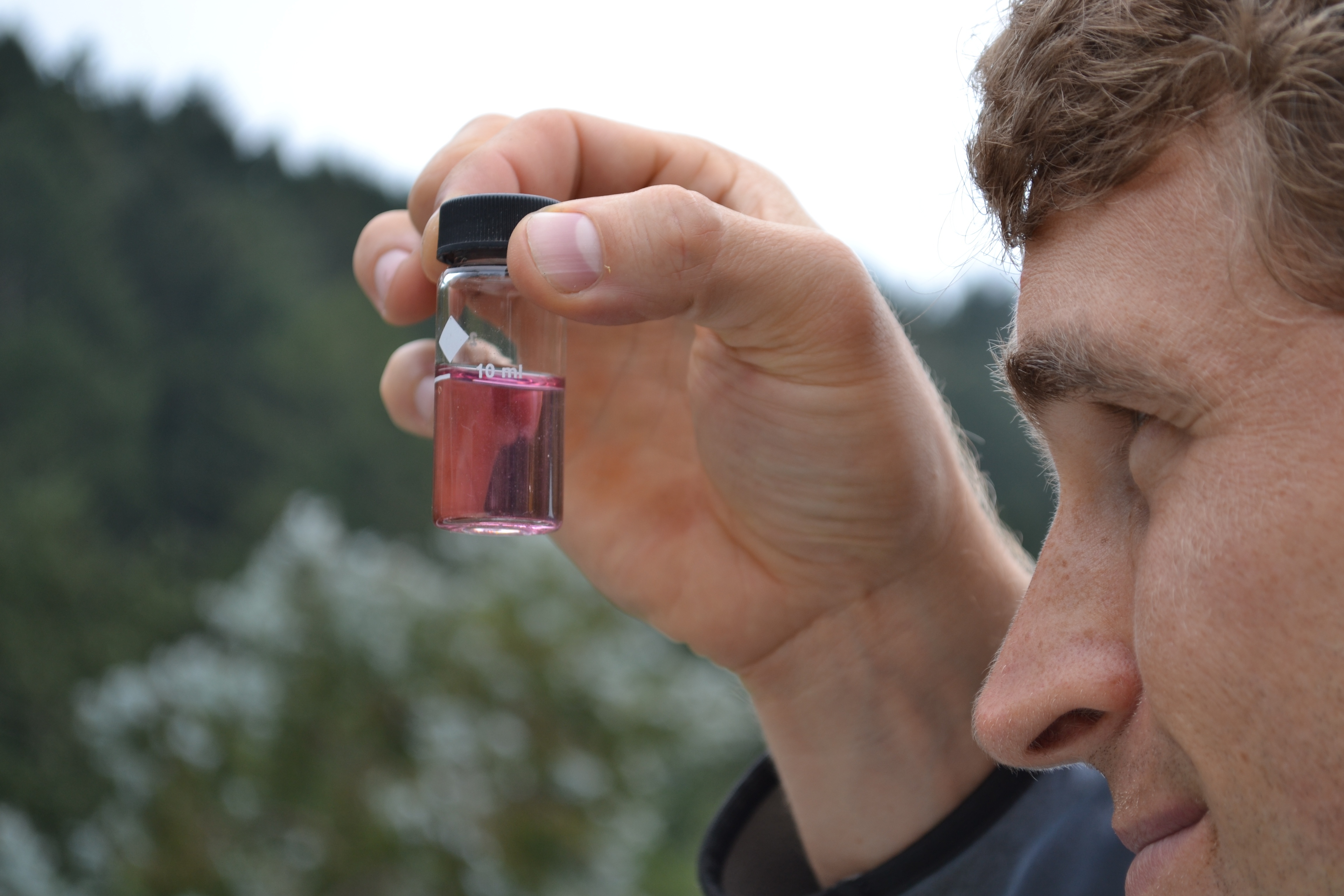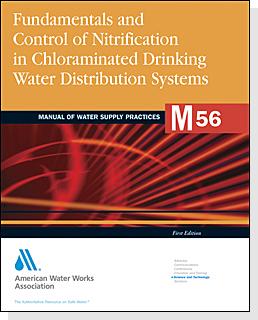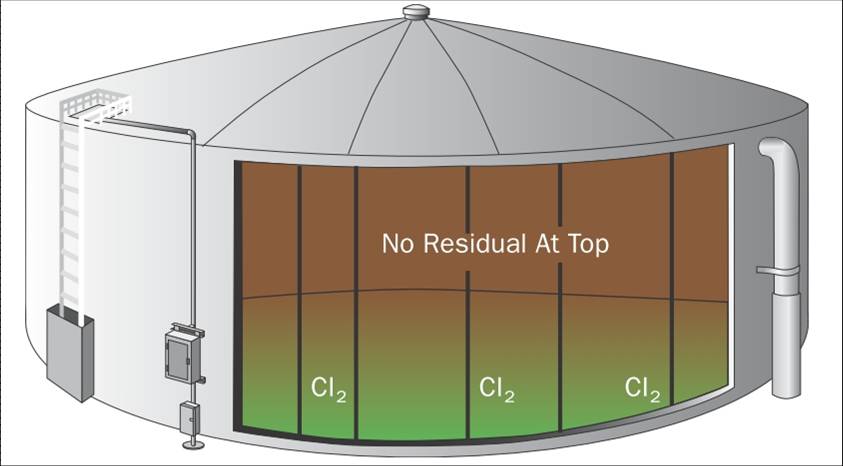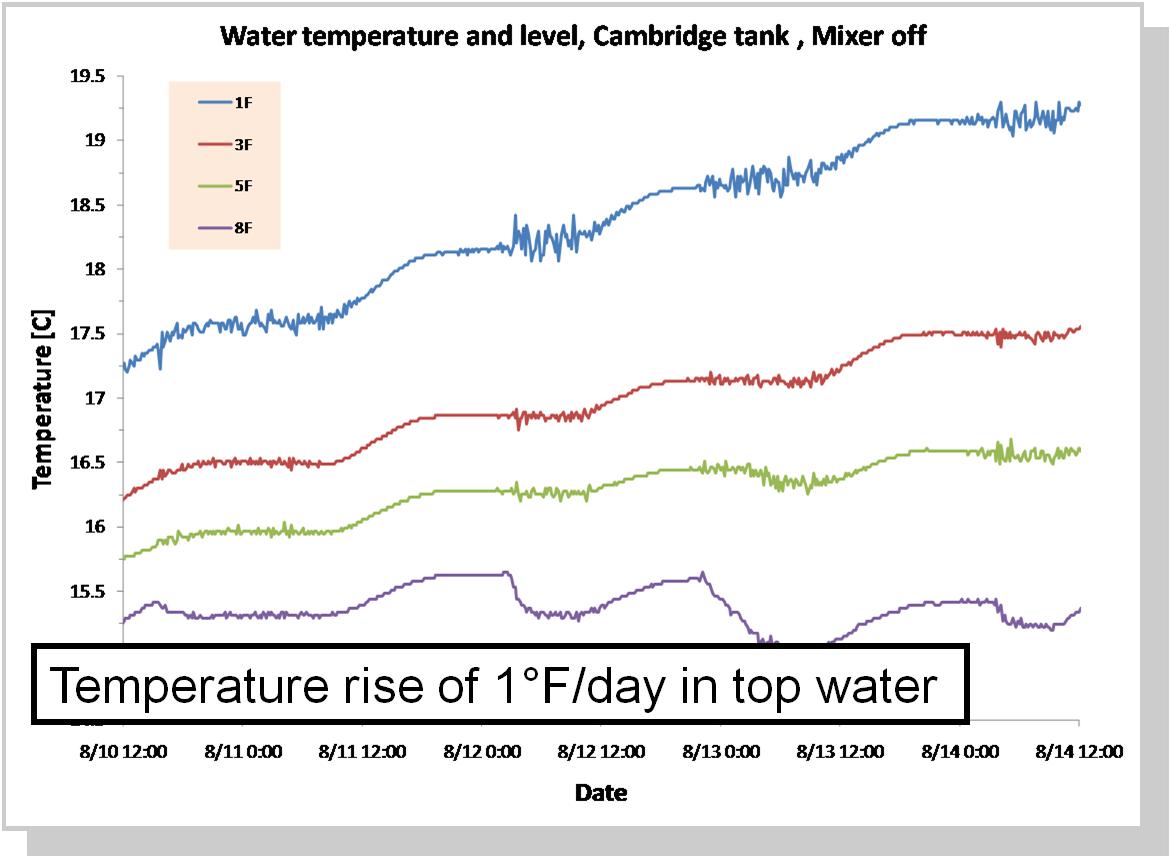A standpipe is a ground-supported storage tank with a height that is greater than its diameter. Its design helps generate storage and pressure with a low upfront cost compared to elevated tank geometries. While there are cost advantages to standpipes, its geometry is a liability: tall and skinny tanks naturally promote thermal stratification and harm water quality. Standpipes have a higher surface area to volume ratio – meaning that more surface area is exposed to heat from the sun, and there’s less volume inside the tank to absorb that heat. Additionally, the limited cross-sectional area of a standpipe makes it difficult to exchange heat between the hot water at the top of the tank and cold water at the bottom, resulting in thermal stratification. Below we have compiled four signs that indicate your standpipe is thermally stratified.
Read More
Topics:
active mixing,
eliminate stratification,
drinking water quality,
PAX Water Mixer,
storage tanks,
water circulation,
passive mixing,
mixing systems,
low turnover
Every winter, water utilities across the United States  and Canada deal with the challenges of cold weather, including main breaks and equipment outages. While these emergencies come without warning, they are obvious and visible when they do occur. But in other parts of the water distribution system, cold weather can create risk that is hidden from view: ice formation inside water storage tanks.
and Canada deal with the challenges of cold weather, including main breaks and equipment outages. While these emergencies come without warning, they are obvious and visible when they do occur. But in other parts of the water distribution system, cold weather can create risk that is hidden from view: ice formation inside water storage tanks.
Often, the only time operators realize they have a problem with ice in their tanks is when it’s too late: after a tank’s interior is damaged or when the tank wall is punctured. Few operators climb and inspect their tanks in winter, so the extent of ice formation inside of water storage tanks is often unknown. Below we have compiled five factors that indicate your tank is at risk for ice formation.
Read More
Topics:
active mixing,
active mixing for water storage tanks,
ice prevention in storage tanks
When summer temperatures rise, chlorine demand inside storage tanks increases and water quality can degrade. Warm water temperatures, particularly at the top of the tank, increase biological growth, deplete residual disinfectant and increase the formation rate of disinfection by-products (DBPs). Thermal stratification also creates hot and humid conditions inside the headspace, greatly accelerating corrosion rates inside steel tanks. One effective solution to combat stratification and maintain disinfectant residual levels is active mixing. A powerful mixer eliminates thermal and chemical stratification inside tanks and reduces the growth of biofilms and DBPs. Below, we answered three common questions on maintaining residual disinfectant levels inside water storage tanks.
Read More
Topics:
active mixing,
eliminate stratification,
drinking water quality,
PAX Water Mixer,
storage tanks,
water circulation,
passive mixing,
mixing systems,
low turnover
Charles Fishman (author of The Big Thirst) wrote a piece for the Washington Post last month on “Five Myths About Water.” Number two on Charles’ myth list is “bottled water is better than tap water,” where he unveils that tap water is actually MORE closely monitored than bottled water and that in blind taste tests “people can’t reliably pick bottled from tap.” At PAX Water, Charles’ article got us thinking about some of the myths we’re trying to bust in the drinking water industry. Here are our top five:
Read More
Topics:
active mixing,
eliminate stratification,
drinking water quality,
PAX Water Mixer,
storage tanks,
water circulation,
passive mixing,
mixing systems,
low turnover
The AWWA Distribution System Water Quality Committee is embarking on revisions to their M56: Fundamentals and Control of Nitrification in Chloraminated Drinking Water Distribution Systems. The M56 manual is a complete guide to managing nitrification and is intended to be a principal technical resource for water system operators throughout the US.
Read More
Topics:
active mixing,
nitrification,
eliminate nitrification,
biofilms
PAX Water Technologies presented a technical talk at the 25th annual Association of State Drinking Water Administrators meeting last week in Pittsburgh, PA entitled Stabilization and Improvement of Distribution System Water Quality in Reservoirs and Tanks – a Key to Stage 2 Compliance.
Read More
Topics:
active mixing,
disinfectant residual,
high water age,
dbp formation
The AWWA held a webinar on October 6, 2010 entitled Sustainable Water Quality Management within the Storage Tank: Part 2 (you can listen to a rebroadcast here).
Read More
Topics:
active mixing,
storage tanks,
WaterMix,
biofilms,
mixing systems
We learned this week that an engineer (who shall remain unnamed) presented a paper at the DSS meeting in Maryland about water age modeling in which he claimed that mixing CANNOT decrease water age.
Read More
Topics:
active mixing,
disinfectant residual,
storage tanks,
high water age,
mixing systems
Temperatures are expected to top 100 degrees across much of the Eastern seaboard this week and municipalities large and small will be contending with managing their water quality.
Read More
Topics:
active mixing,
eliminate stratification,
water circulation,
high water age

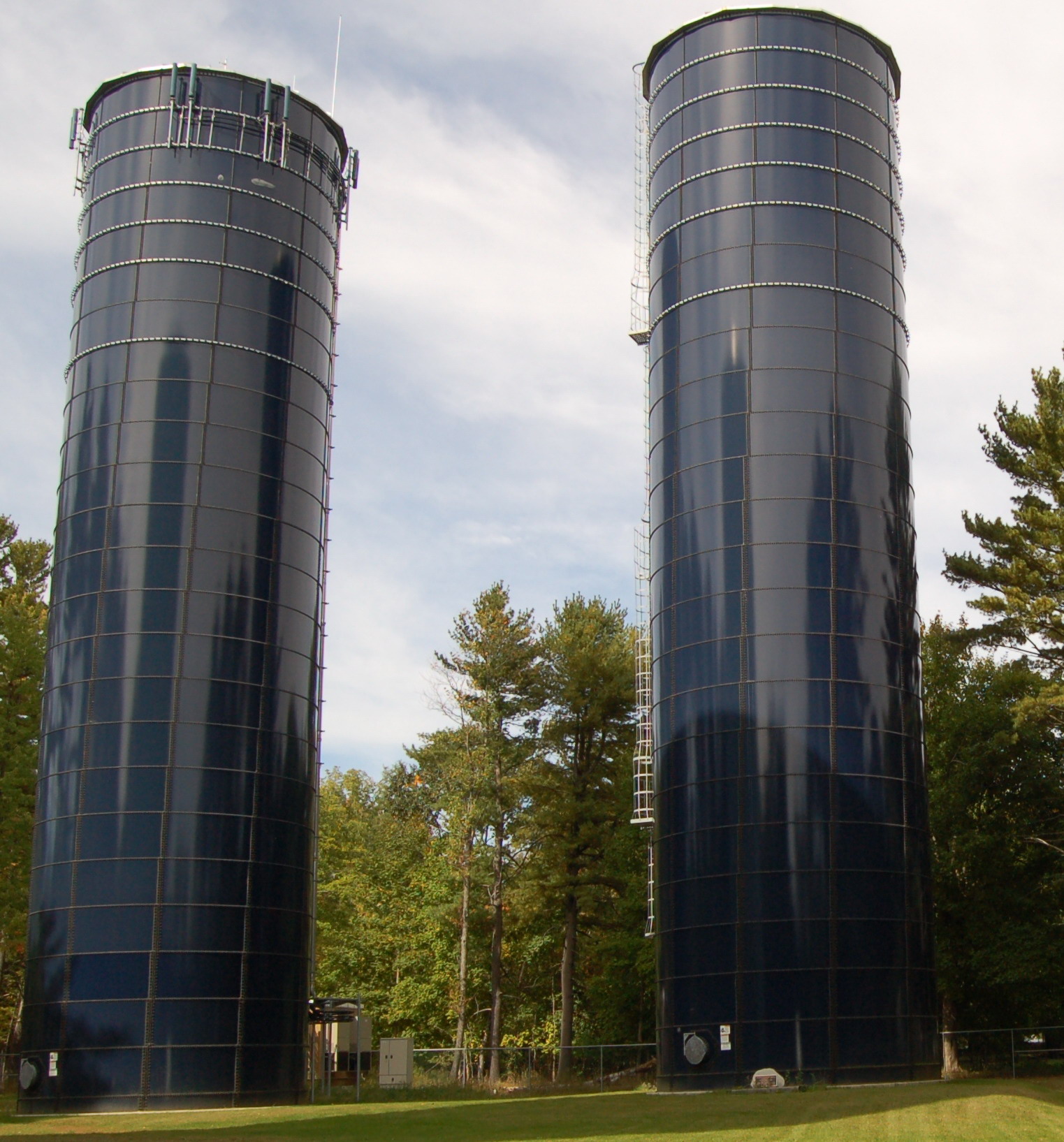
 and Canada deal with the challenges of cold weather, including main breaks and equipment outages. While these emergencies come without warning, they are obvious and visible when they do occur. But in other parts of the water distribution system, cold weather can create risk that is hidden from view: ice formation inside water storage tanks.
and Canada deal with the challenges of cold weather, including main breaks and equipment outages. While these emergencies come without warning, they are obvious and visible when they do occur. But in other parts of the water distribution system, cold weather can create risk that is hidden from view: ice formation inside water storage tanks.